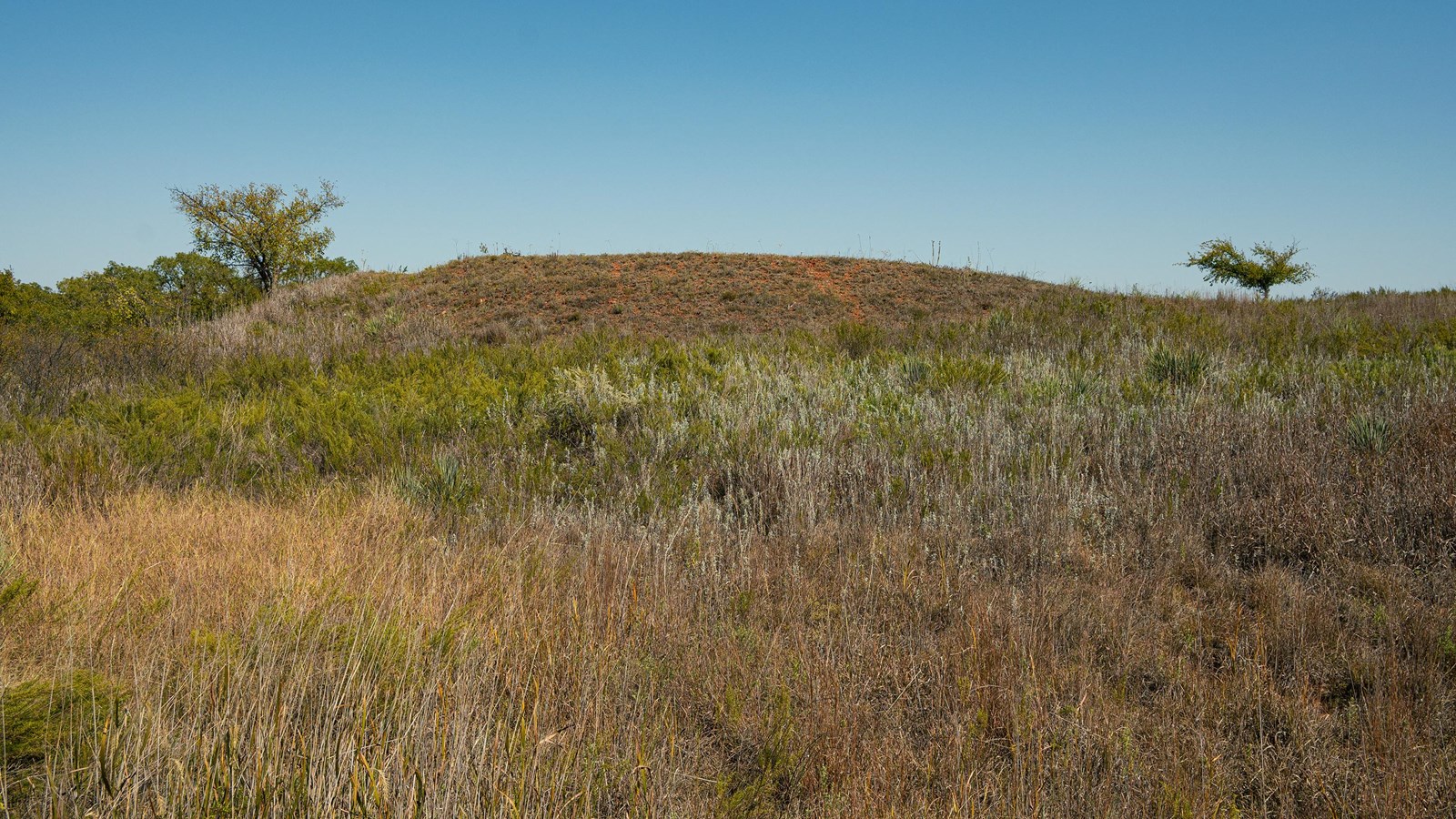Last updated: October 10, 2024
Place
Stop Four

NPS / Christian Schroll
At dawn on November 29, 1864, US (Colorado) volunteer soldiers attacked a village of Cheyenne and Arapaho Indians along Sand Creek in southeastern Colorado Territory. At the time, Chief Black Kettle of the Cheyenne had been pursuing peace with whites and believed his village to be under US Army protection. Approximately 230 Cheyenne and Arapaho women, children and elderly were killed and horribly mutilated. This attack came to be known as the Sand Creek Massacre and resulted in a massive public outcry as well as months of retaliatory raids by Cheyenne, Arapaho, and Lakota warriors.
In the months and years that followed, treaties and attempts to move the tribes to reservations would fail. Innocents on both sides were killed. Tribal retaliation resulted in a military policy that "punishment must follow crime".
The scene was set for the tragedy that would play out here in the Washita River valley four years later.
What would you have done to stop the cycle of violence in this conflict?
